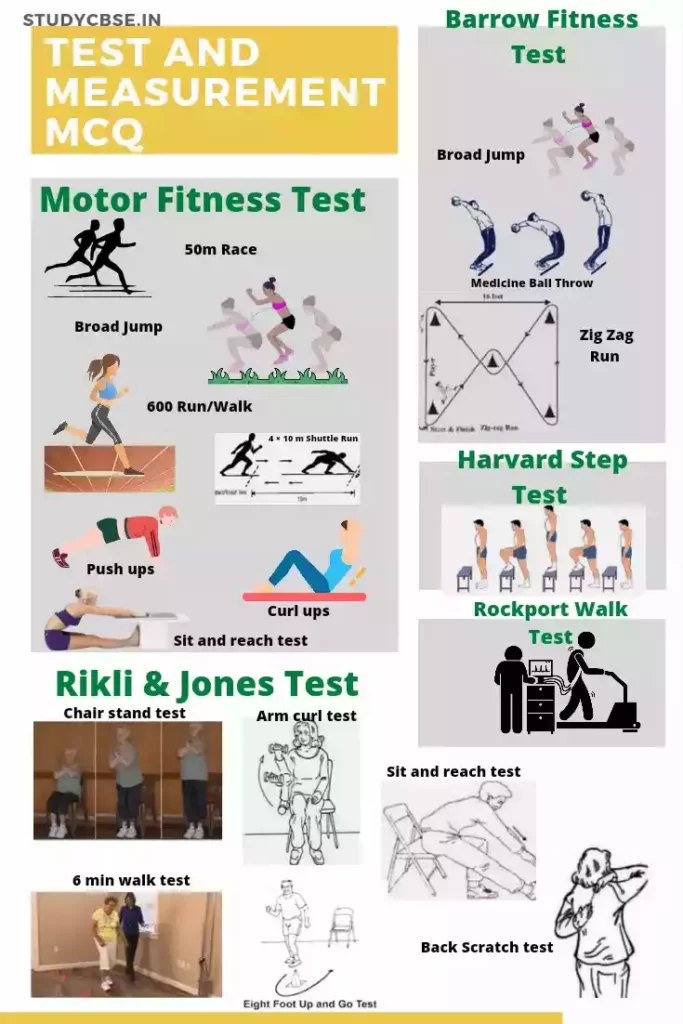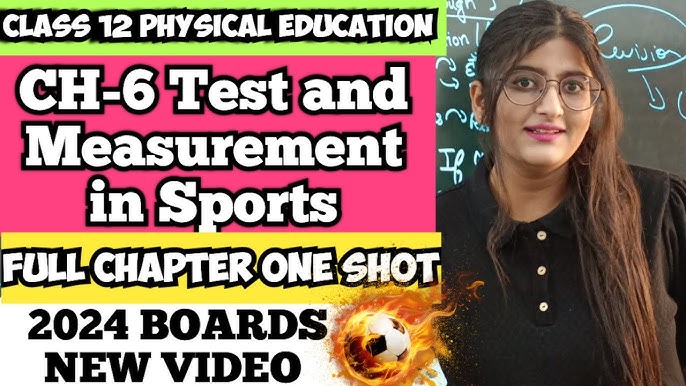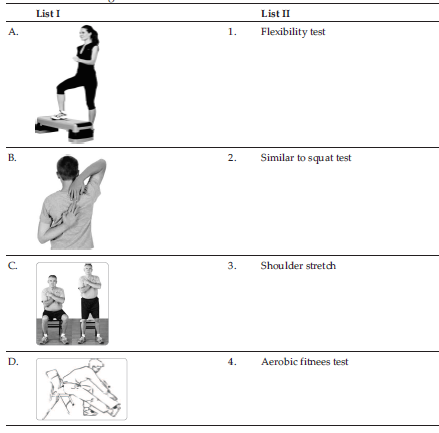So, you’re diving into “test and measurement in sports class 12 mcq,” huh? Been there, done that, and let me tell you, it was quite the ride. I thought I’d share a bit about how I wrestled with this one, because sharing these little battles is what we do, right?

When the task first landed on my plate – create a solid bunch of MCQs for this specific Class 12 sports unit – I figured, “Okay, ‘test and measurement,’ how tricky can it be?” You know, define a few terms, list some tests, slap some options on there. Famous last words, my friend.
First thing I did was grab the syllabus. Really dug into it. Not just a quick skim, but trying to get inside the head of what they actually wanted these students to take away. Test and measurement in sports isn’t just about memorizing formulas; it’s about understanding why and how we measure things to make athletes better, or even just to check general fitness.
Then came the actual MCQ crafting. This is where the real work started. For every single question, you’re trying to balance a few things. It needs to be clear, no weird wording that confuses people for no reason. It needs to test actual knowledge, not just random trivia. And the distractors – oh man, the distractors! Those wrong answers need to look plausible. They can’t be totally ridiculous, or what’s the point?
I remember spending a whole afternoon just on questions related to stuff like BMI, waist-hip ratio, and those somatotypes. Sounds simple, but framing a good MCQ that isn’t just “What does BMI stand for?” takes some brainpower. You want to push them a bit, make them think about the application or the interpretation. For example, instead of just asking for the formula, maybe a question about what a certain BMI value implies, with some tricky options thrown in.
Another big chunk of my time went into the various fitness tests. You’ve got your Harvard Step Test, Rockport Fitness Walking Test, a whole battery of them for different components of fitness. The challenge was to create MCQs that didn’t just ask “What equipment is needed for X test?” but maybe dug into the specific protocols or what component of fitness it primarily measures. It’s easy to make these questions either too obvious or way too obscure.

I made a lot of rough notes. Scribbled ideas, crossed things out, rephrased questions about ten times. My desk looked like a paper storm had hit it. Then I’d type them up, stare at them, and then often, delete a bunch and start over on the tricky ones. It’s a process, you know? Not just a one-shot deal.
I even roped in a colleague. Had them go through my first batch. That was a humbling experience. Some questions I thought were genius, they pointed out were either ambiguous or the answer was too easy to guess. That feedback, though, was gold. Always good to get a second pair of eyes on your work, especially with something like this.
Eventually, I got a set of MCQs I was reasonably happy with. They covered the syllabus, had a good range of difficulty, and hopefully, they actually made the students think a little. But the whole exercise really got me pondering. These MCQs, are they truly the best way to gauge understanding of something as practical as ‘test and measurement’ in sports? I mean, it’s one thing to pick an answer on a sheet, another to actually conduct a test properly or interpret results in a real-world scenario.
Don’t get me wrong, MCQs have their place. They’re efficient for covering a lot of ground. But it’s a constant struggle to make them meaningful. It’s not just about testing memory; it’s about trying to poke at their understanding.
So, that was my journey with those Class 12 sports MCQs. A lot of trial and error, a good deal of thinking about what makes a ‘good’ question, and a reminder that even seemingly straightforward tasks can have hidden depths. It’s a craft, in its own way. And like any craft, you just try to get a little better at it each time.








